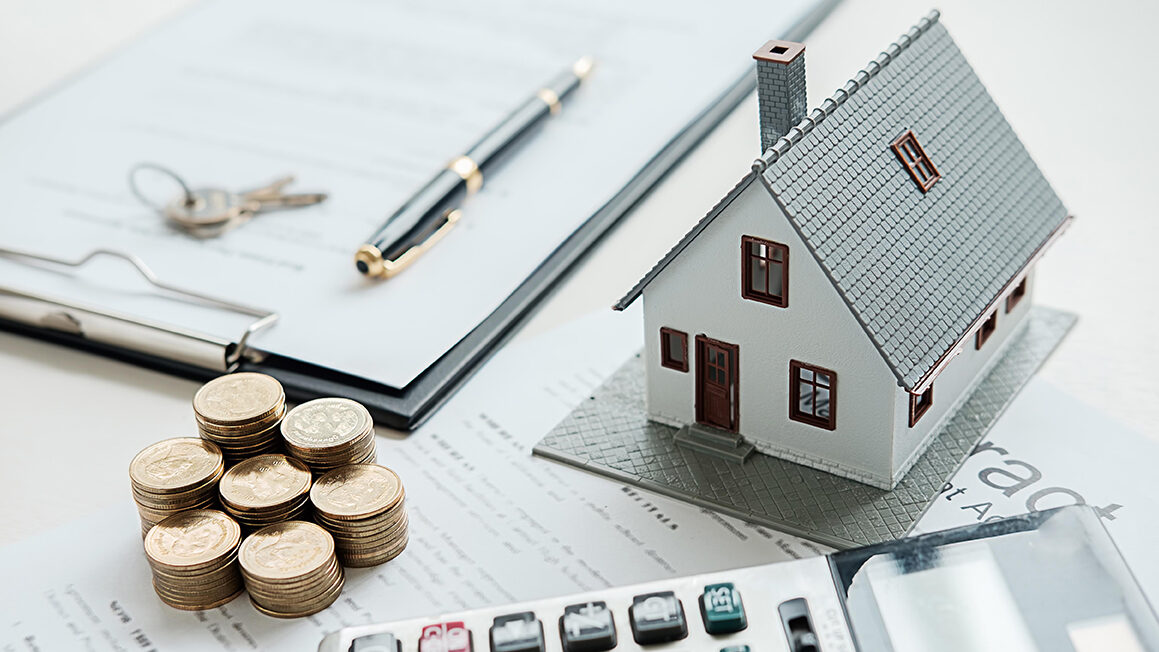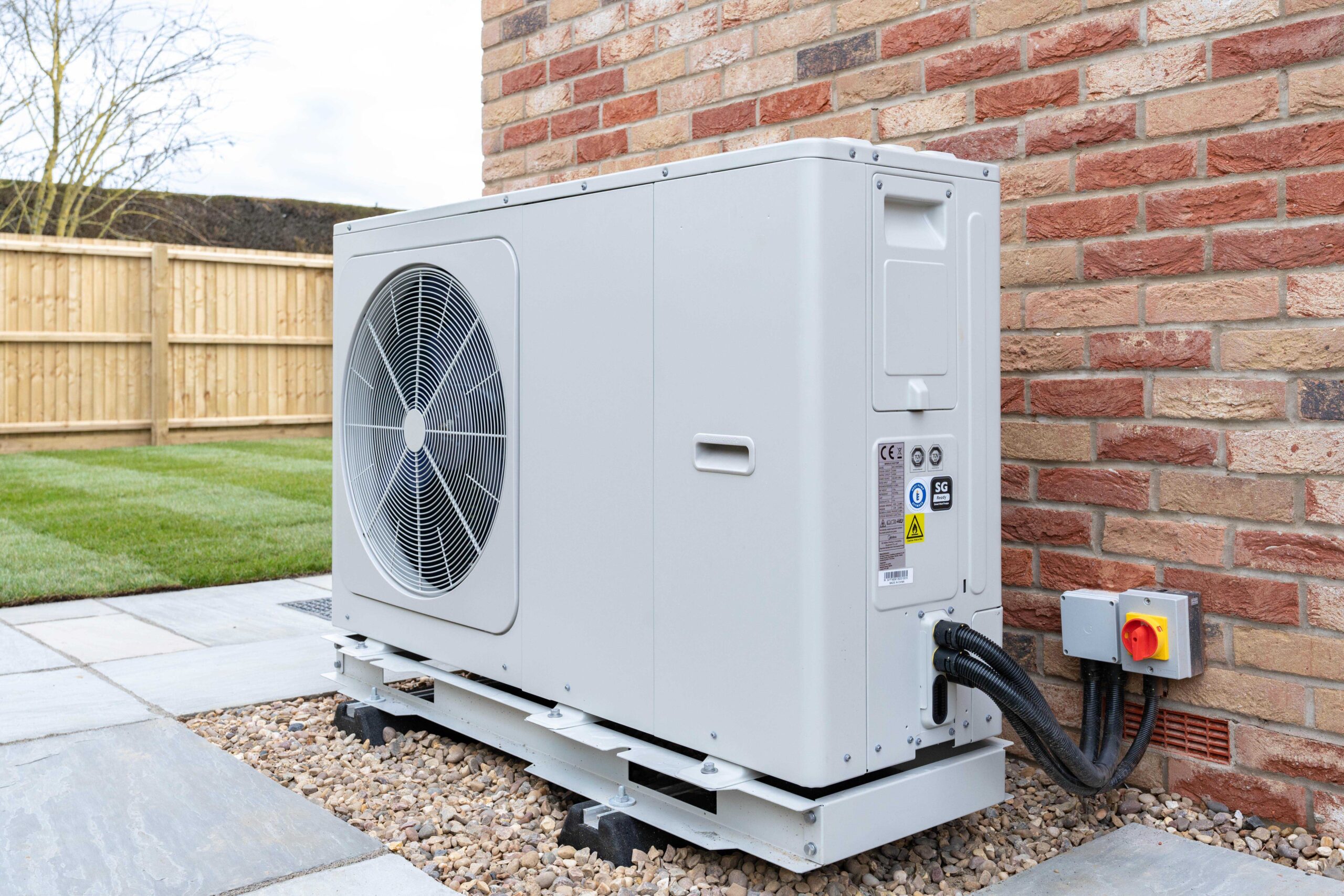The Energy Compliance Obligation (ECO) Scheme (2013-): What is it?
The Energy Compliance Obligation (ECO) is a current Government energy scheme that started in January 2013. ECO encompasses many other schemes that we have/will talk about.


The Energy Compliance Obligation (ECO) is a current Government energy scheme that started in January 2013. ECO encompasses many other schemes that we have/will talk about. ECO and its different versions were created due to the Energy Act 2010 that forced the Government to come up with a solution for ending fuel poverty and ensuring that fuel wasn’t being wasted in the UK. ECO set obligations for major UK energy companies to install insulation and heating measures.
History
The scheme was brought in alongside The Green Deal which facilitated these upgrades with the creation of the Green Mark accreditation, designated to surveyors, suppliers and installers who were qualified to put the appropriate measures into place in accordance with ECO. The scheme has always been run by Ofgem.
The original scope of ECO covered one obligation:
Home Heating Cost Reduction Obligation (HHCRO)
Under HHCRO, energy suppliers must promote measures which improved the ability of low income, those in fuel poverty and those who were vulnerable to heat their homes.
The current scope of ECO covered three obligations:
Carbon Emissions Reduction Obligation (CERO)
This covered any solid wall, cavity wall, loft insulation, connections to district heating (a way of heating homes from outside the house) and secondary measures including double glazing and draught proofing.
Carbon Saving Community Obligation (CSCO)
This also covered insulation measures and connections to district heating systems. This targeted specific low-income areas, however. Energy suppliers had to ensure that 15% of measures were installed in rural areas. Ofgem published a tool to help identify eligible CERO and CSCO rural areas.
Affordable Warmth Obligation
This provided heating and insulation to those who lived in houses on the private market. This included home owners and renters/landlords. These people had to receive one of the following benefits:
- Child Tax Credit
- Working Tax Credit
- Universal Credit
- Pension Guarantee Credit – you will not be eligible if you only claim Pension Savings Credit
- Income Support
- income-based Jobseeker’s Allowance (JSA)
- income-related Employment and Support Allowance (ESA)
- Disability Living Allowance
- Personal Independence Payment (PIP)
- Attendance Allowance
- Carer’s Allowance
- Severe Disablement Allowance
- Industrial Injuries Disablement Benefits
- War Pensions Mobility Supplement
- Constant Attendance Allowance
- Armed Forces Independence Payment
- Child Benefit
For people who were in social housing, you need to have an energy performance certificate (EPC) that showed an E, F or G rating. This would be considered under average, especially for new builds.
ECO has taken on different versions since its inception. Originally just referred to as ECO, it then became ECO2 in 2015. The CERO obligation was dropped during this time and reintroduced once the scheme evolved into ECO2t in 2017. Since 2019, the scheme under the name of ECO3.
The scheme was originally meant to last until the end of the Green Deal but due to the lack of measures installed, it was extended to March 2017 and then again to September 2022 from 2018.
Companies that are Green Mark approved which supply and install ECO measures are able to make money back from supplying and labour costs via the ECO Brokerage. This system allows companies to claim money via an ECO subsidy from the Government that is taken from large energy companies due to the obligations they have from ECO. Companies sell back tonnes of carbon savings/bill savings to energy companies.
Results
According to the transition from ECO2t to ECO3 report produced in 2018, the scheme has had 2.3 million energy efficiency measures installations in approximately 1.8 million homes. These measures will include all types of insulation, central heating systems and smart meters.
Exact numbers on measures that have been installed are difficult to quantify due to the large amount of other schemes that have ran alongside ECO. Schemes such as the Renewable Heating Incentive, The Green Deal, Green Homes Grant and LAD have all targeted different areas but all have aided the development of ECO through it’s numerous iterations.
Again, the ECO scheme is scheduled to finished in March 2022. Whether this will lead to another iteration is currently unclear. However, the Clean Heat Grant Scheme, a new type of Government energy scheme in the UK is scheduled to run from 2022-2024 which may indicate ECO evolving again into ECO4, however, it is not yet confirmed.
Find out now if you’re eligible for any current available ECO funding by filling out one of our forms for insulation grants, first time central heating grants or for replacing your storage heaters.
Other articles

What is insulation and what types of insulation are covered in the Government insulation scheme?
Insulation is everywhere in our lives. In our walls, in our lofts, in our windows and doors… almost sounds like a lurking monster. I promise you that insulation is no monster-

What are ground and air source heat pumps?
As covered by the Government’s ECO scheme, ground and air source heat pumps are available to be claimed that may be fully or partially funded.